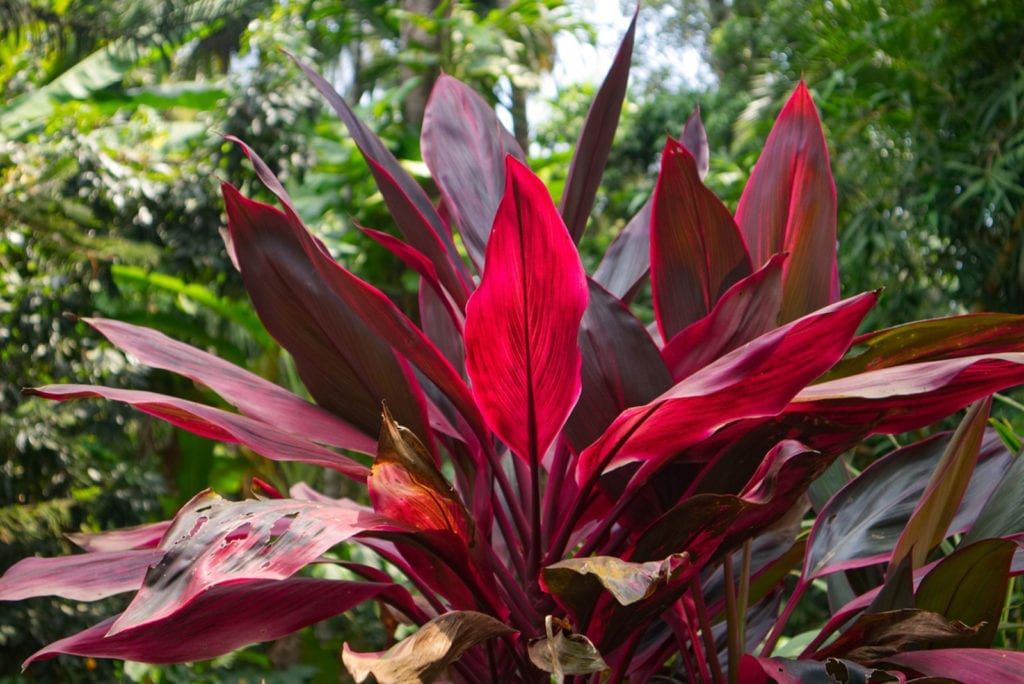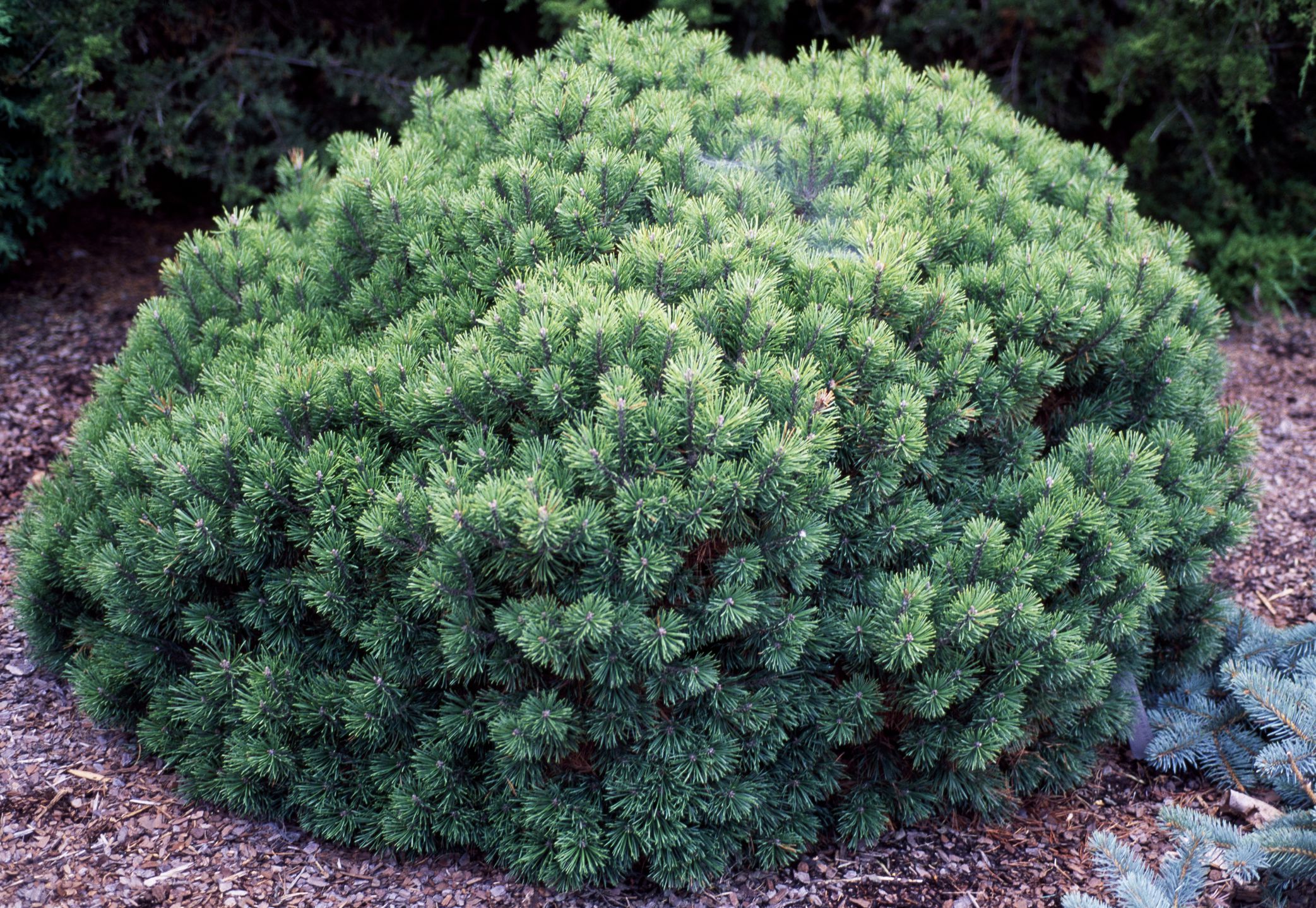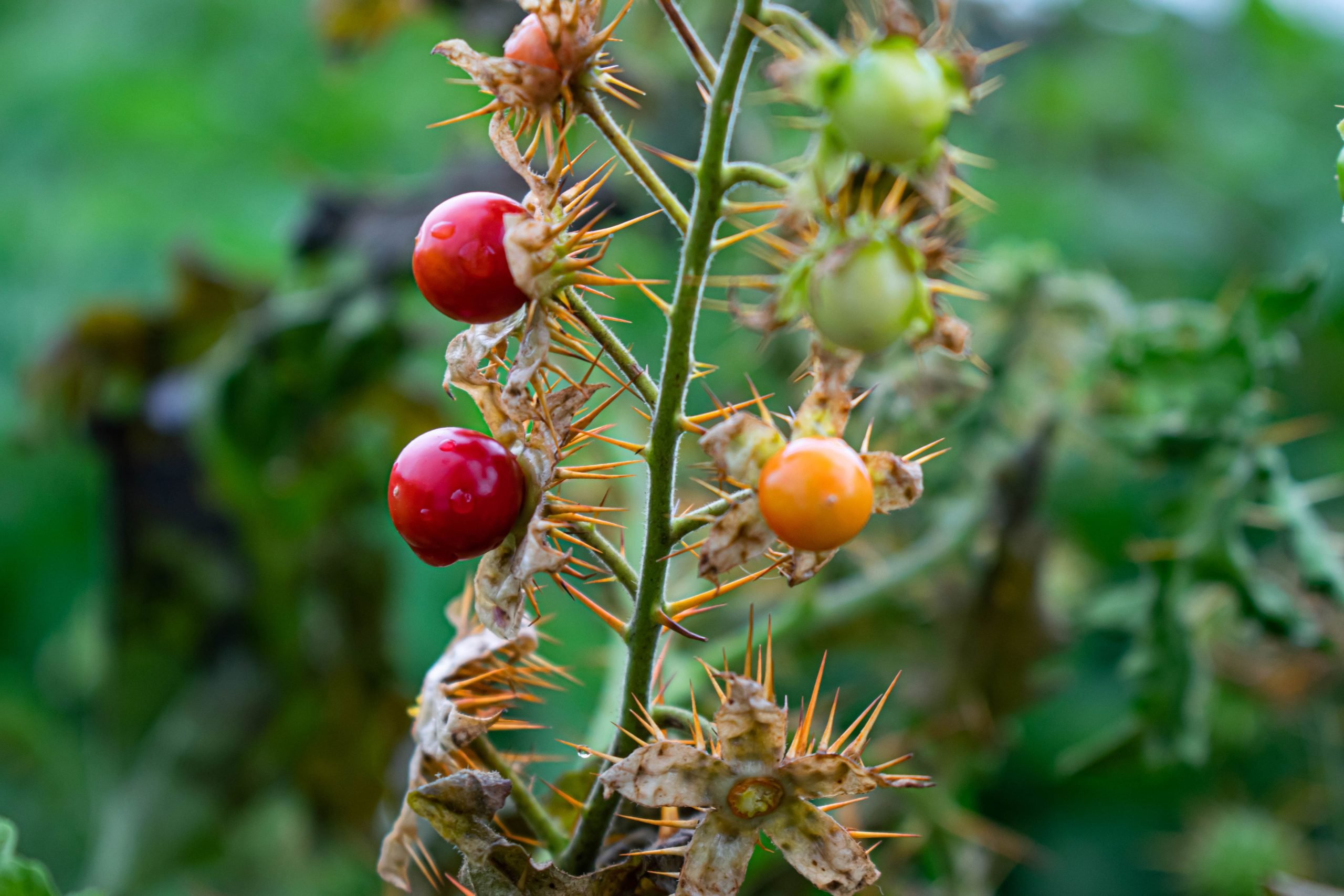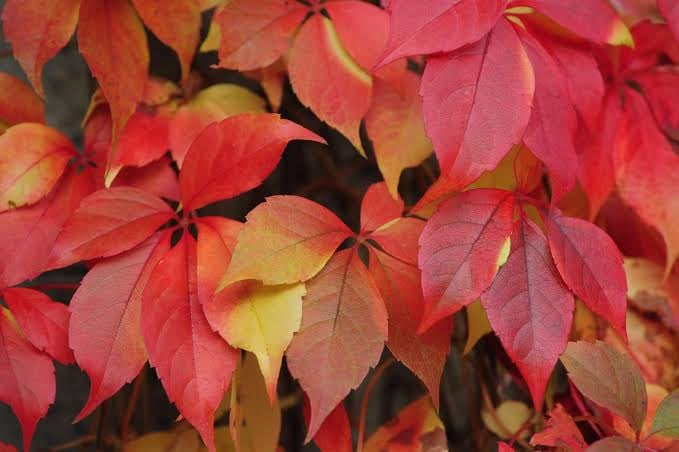How to Make an Acer Bushy
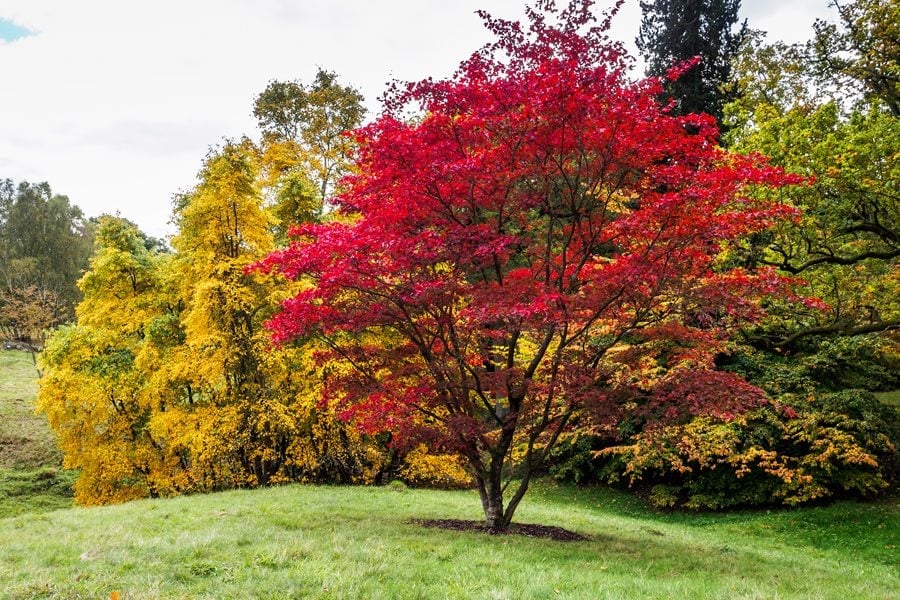
Table of Contents
Acer trees, commonly known as maples, tend to look visually appealing when they have a bushy growth habit. When an Acer tree is bushy, it has a fuller canopy with a dense arrangement of leaves.
The density creates a lush and vibrant appearance that adds to the overall look and aesthetic appeal of the tree. However, getting a bushy acer requires much work, and you must know when to prune acer. Taking care of the Acer is an essential step in having a bushy and visually appealing look. Let us now take a look at some ways to have a bushier acer.
How to get a Bushy Acer Tree?
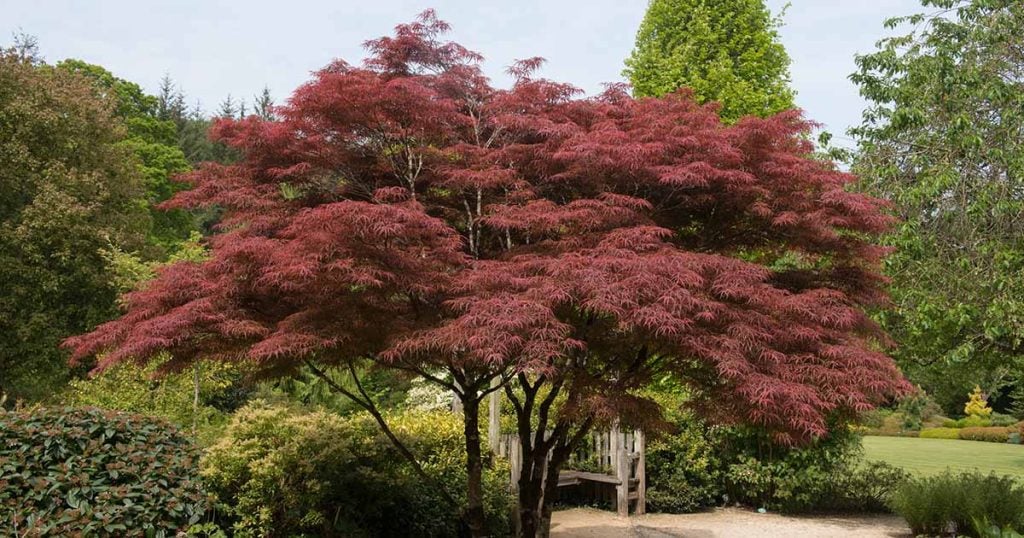
Encouraging an Acer tree to grow in a bushy form requires careful pruning and maintenance. Here are a few things to keep in mind when growing a bushy acer tree:
- Choosing the Right Variety: Some varieties of acer trees are naturally bushy than others. It can be fruitful to do some research to find a variety that is known for its spreading growth habit. Choosing the right variety can be an essential part of having a bushy acer tree.
- Planting the Tree in a Sunny Spot: Acer trees need full sun to partial shade to thrive and have a full bushy growth. So if you have a spot that does not have proper sunlight, then it will not be beneficial for the growth of your acer tree. Make sure you choose the spot for the tree’s growth carefully.
- Moist Soil: Acer trees do not like wet feet, so make sure the soil around your tree drains well. Water your tree regularly during the growing season, but it is also important to not overwater it as it can hamper the tree’s growth.
- Fertilizing the Tree: Use a fertilizer that is specifically formulated for maple trees. Follow the directions on the fertilizer label carefully, as it is still full of chemicals, and overfertilizing it can damage the tree. This is an important step as acer trees are prone to diseases and insect infestations.
- Prune Your Tree Regularly: Pruning acer trees, commonly known as maples, is the process of selectively trimming and shaping the branches and foliage to maintain the health, appearance, and desired growth of the tree. Proper pruning helps enhance the tree’s natural form, promotes air circulation, and removes dead or diseased branches.
- Be Patient: It takes time for acer trees to grow bushy. Do not expect to see results overnight. With proper care, your acer trees will eventually grow into full of bushes.
- Thin Out Excess Growth: As the tree grows, periodically thin out crowded branches to improve air circulation and light penetration within the canopy. This will promote healthier growth and prevent disease.
Focus on removing branches that are crossing each other or growing inwards towards the center of the tree.
Why Acer Trees Look Better When Bushy?
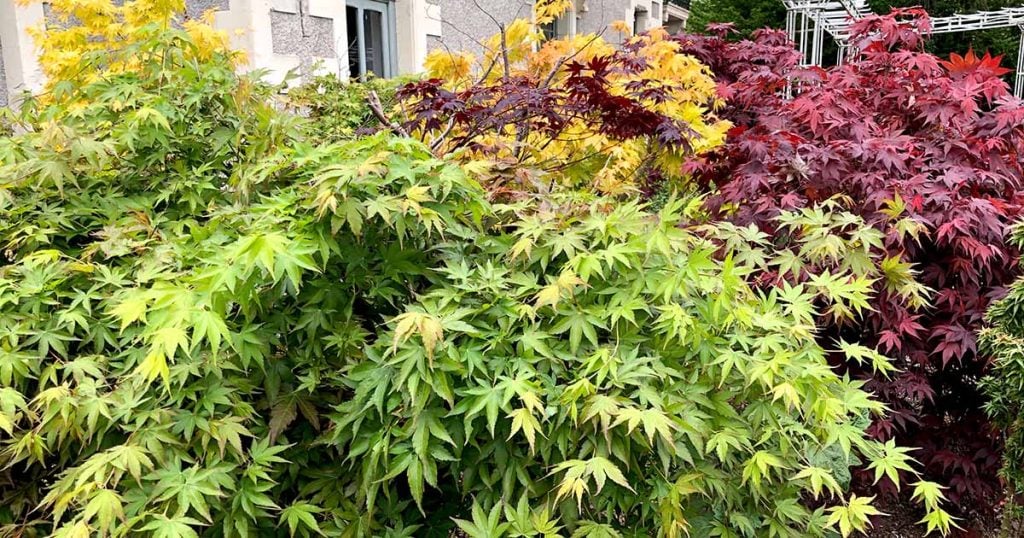
Acer trees tend to look visually appealing when they have a bushy growth habit, and this comes due to several pre-existing nature, which include:
- Foliage Density: A bushy acer tree has a fuller canopy with a dense arrangement of leaves. The density creates a lush and vibrant appearance that adds to the overall aesthetic appeal of the tree.
- Color Display: Acer trees are well-known for their colorful foliage, especially during the fall. When a tree is bushy, the multiple layers of leaves create a multi-dimensional effect that enhances the display of various leaf colors, such as reds, oranges, yellows, and even purples.
- Textural Variety: The layered foliage of a bushy acer tree adds texture to the landscape. The intricate shapes of the leaves and the way they overlap can create an interesting visual contrast that draws the eye.
- Symmetry and Balance: A well-pruned and bushy acer tree often exhibits a balanced and symmetrical growth pattern. The balanced form is visually pleasing and contributes to a sense of harmony in the landscape.
- Aesthetic Versatility: The bushy growth habit of acer trees allows them to be used in various landscaping styles and settings. They can serve as focal points, provide shade, create privacy screens, or contribute to the beauty of a garden.
- Seasonal Interest: Bushy Acer trees provide year-round interest, from the delicate spring growth and the vibrant summer foliage to the stunning fall color display and the elegant branching structure in winter.
- Softening Landscape Features: Bushy Acer trees have the ability to soften the harsh lines and edges of buildings, fences, or other hard landscape features. Their flowing foliage can create a more inviting and naturalistic ambiance.
- Garden Harmony: In a well-designed garden or landscape, bushy Acer trees can harmonize with other plants, creating a balanced composition that appeals to the senses.
- Cultural and Historical Significance: Bushy Acer trees, especially certain varieties like Japanese maples (Acer palmatum), have cultural significance and are often associated with traditional Japanese garden design. This cultural connection adds to their allure.
Apart from that, it is also required for you to use the right tools and add adequate fertilizers, alongside referring to the proper manual to get things right.
Conclusion
The bushy growth habit of Acer trees enhances their beauty by creating a dense canopy of colorful and textured foliage. This appearance brings a sense of fullness, balance, and visual interest to the landscape, making it a popular choice for gardeners and landscapers. However, a bushy acer tree requires a lot of care and maintenance.
Ensure you know how to prune acer trees by taking up all the right measures. You should also ensure you water your acer trees regularly and provide all the required nourishment to prevent diseases and insect infestations.
Take a look at various guides available online so that you can properly take care of your acer tree to give them a bushy appearance.


